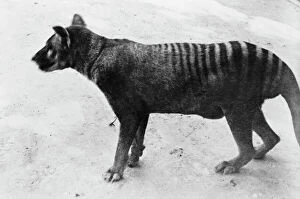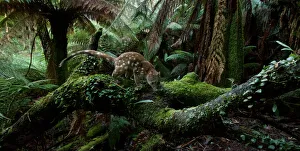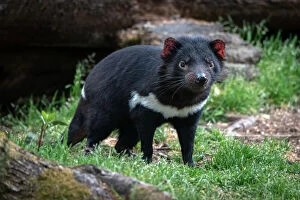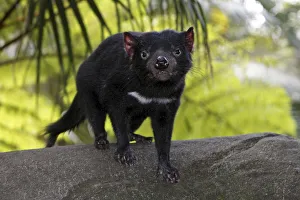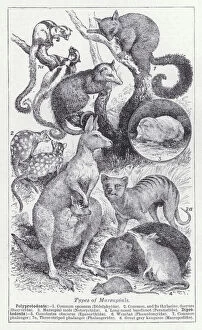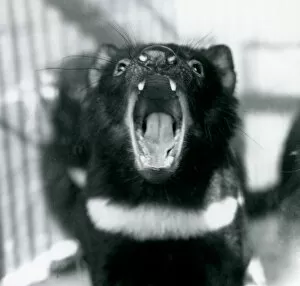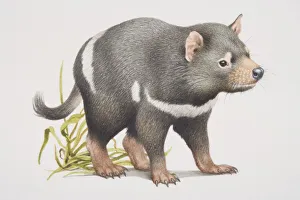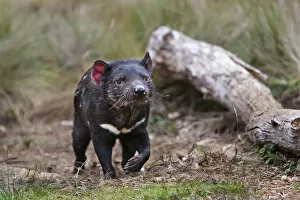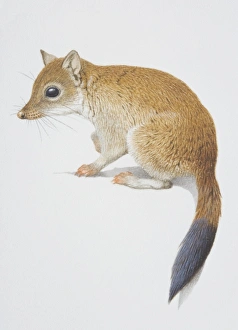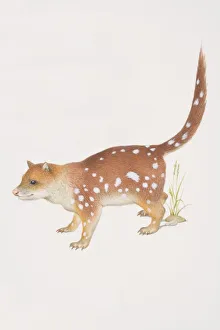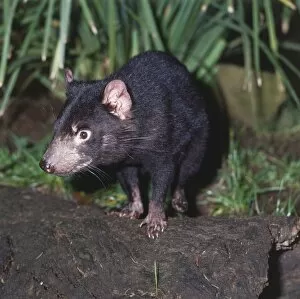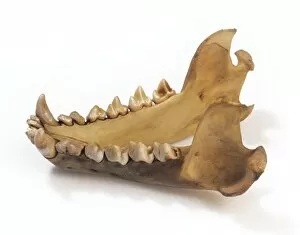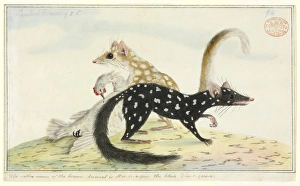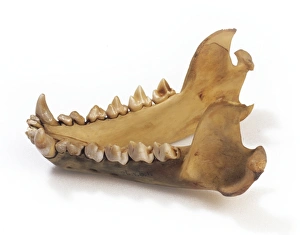Dasyuridae Collection
Dasyuridae, a family of marsupials native to Australia and New Guinea, encompasses a diverse range of species
All Professionally Made to Order for Quick Shipping
Dasyuridae, a family of marsupials native to Australia and New Guinea, encompasses a diverse range of species. One such member is the Thylacinus cynocephalus, commonly known as the thylacine or Tasmanian tiger. Once abundant in Tasmania, this unique carnivorous marsupial sadly became extinct in the early 20th century. Another fascinating creature within the Dasyuridae family is the Spotted-tailed quoll (Dasyurus maculatus). Found in Monga National Park, New South Wales, these elusive animals leave their mark through scent marking. Their distinct markings make them easily identifiable and add to their charm. The Sarcophilus laniarius, also known as the Tasmanian devil, is another prominent member of Dasyuridae. With its fierce appearance and nocturnal habits, this iconic marsupial has captured both fascination and concern for its survival. Strictly protected due to declining numbers caused by disease and habitat loss, efforts are being made to ensure their conservation. One cannot overlook the Yellow-footed antechinus (Antechinus flavipes), which thrives on deadwood habitats. These small insectivorous mammals play an important role in maintaining ecosystem balance through their feeding habits. In addition to Tasmania's devils and quolls found across various regions like Queensland and London Zoo back in 1914; other types of marsupials fall under Dasyuridae too. From lithographs showcasing different species' diversity to encounters with Indian rhinoceroses at Chitwan National Park in Nepal – there's so much more beyond just these captivating creatures. As we appreciate these incredible members today let us remember that they require our protection. By understanding their importance within ecosystems and supporting conservation efforts globally we can ensure a future where these remarkable creatures continue to thrive alongside us.

